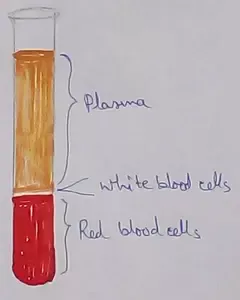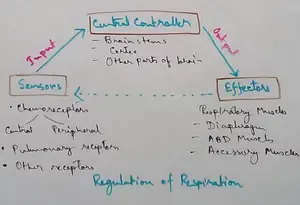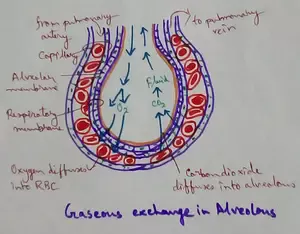Worksheet on The Sky
Worksheet on the sky contains the various types of questions on sun, moon and stars. Read the concept to answers the questions on sun, moon and stars.
I. Answer the following questions:
1. What do you see in the day sky?
2. What do you see in the night sky?
3. What is the shape of the sun?
4. What do we get from the sun?
5. What causes formation of day and night?
6. When do we can see the moon and the stars in the sky?
7. Which is bigger — the sun or the earth?
8. Why do stars look so small?
9. Why do stars look tiny to us?
10. Where do we live?
II. Fill the blanks with the correct words given below:
sun, axis, fire, east, night
1. The sun is a huge ball of ____________.
2. The earth moves round the__________.
3. The earth also moves on its own_________.
4. Stars shine at______________.
5. The sun rises in the___________.
III. Put a tick (√) against the correct sentences and a cross (X) against the wrong ones:
1. The sun rises in the west.
2. The moon has its own light.
3. The sun moves round the moon.
4. The Earth is a huge ball of fire.
5. The stars have their own light
IV. Match the column A with the column B:
A B
1. The sun rises (a) appears once in a month.
2. The sun sets (b) is a planet.
3. The full moon (c) in the west.
4. The earth (d) in the east
V. Choose the correct word and fill in the blanks:
1. Sun rises in the _________. (east/west)
2. The part of the earth not facing the sun has the _________. (day/night)
3. _________ is bigger than earth. (Moon/Sun)
4. _________ gets its light from sun. (Moon/Stars)
5. We cannot count the number of _________. (stars/moon)
Check the answers of the worksheet on the sky:
Answers:
I. 1. In the day, we see sun and clouds in the sky.
2. At night we see moon and stars in the sky.
3. The shape of the sun is a huge ball of fire
4. We get heat and light from the sun.
5. The motion of earth around the sun causes formation of day and night.
6. We see the moon and the stars in the sky at night.
7. Sun is bigger.
8. Stars look small because they are very far away from us.
9. Stars look tiny to us because they are very far away from us.
10. We live on the earth.
II. 1. fire
2. sun
3. axis
4. night
5. east
III. 1. X
2. X
3. X
4. X
5. √
IV. A B
1. The sun rises (d) in the east
2. The sun sets (c) in the west.
3. The full moon (a) appears once in a month.
4. The earth (b) is a planet.
V. 1. east
2. night
3. Sun
4. Moon
5. stars
From Worksheet on The Sky to HOME PAGE
Recent Articles
-
What Is Plasma? | Blood Plasma | Proteins | Nutrients | Cholesterol
Nov 07, 25 10:29 AM
Blood is a mobile fluid which is a connective tissue and is derived from the mesoderm like cell any other connective tissue. Colour of blood is reddish and that flows inside the blood vessels by means… -
Disorders of Respiratory System | Tuberculosis | Pleurisy | Emphysema
Oct 28, 25 11:39 PM
Tuberculosis is very common disease and is caused by a type of bacteria called Mycobacterium tuberculosis. This disease causes different trouble in the respiration and infection of several parts of th… -
Regulation of Respiration | Respiratory Centres | Inspiratory Area |
Oct 14, 25 12:13 AM
Respiratory Centre is the area that controls the rate of respiration and it is observed to be located in medulla oblongata and pons. Respiratory Centre has the following will dispersed components like… -
Explain Transport of Gases | External Respiration | Tissue Respiration
Oct 09, 25 11:35 PM
In humans gaseous exchange is completed in the following ways the steps are - External Respiration or Breathing - Breathing in false taking in of Oxygen and giving out of carbon dioxide in the body. M… -
Kind and Number of Teeth | Location of Teeth in Mouth | Care of Teeth
Sep 11, 25 12:52 AM
Kind and Number of Teeth





New! Comments
Have your say about what you just read! Leave me a comment in the box below.